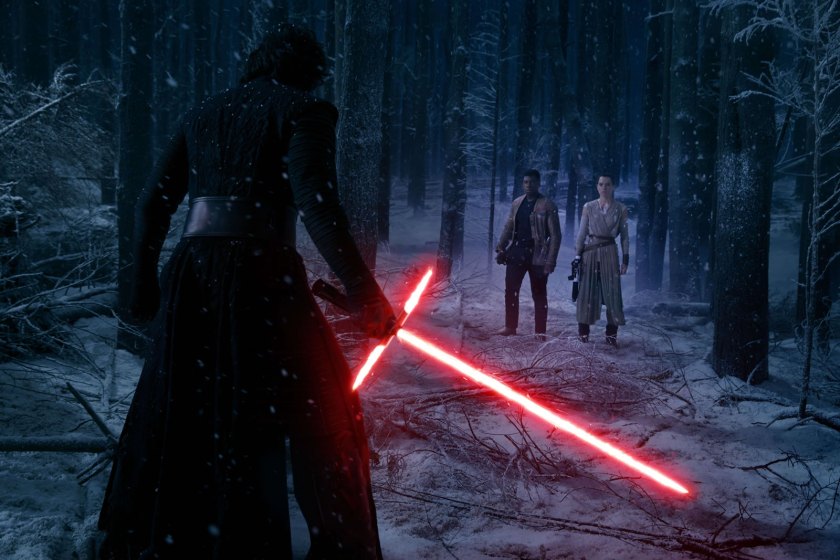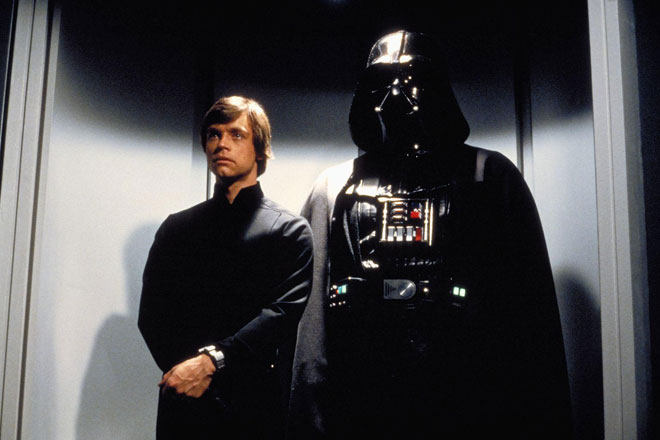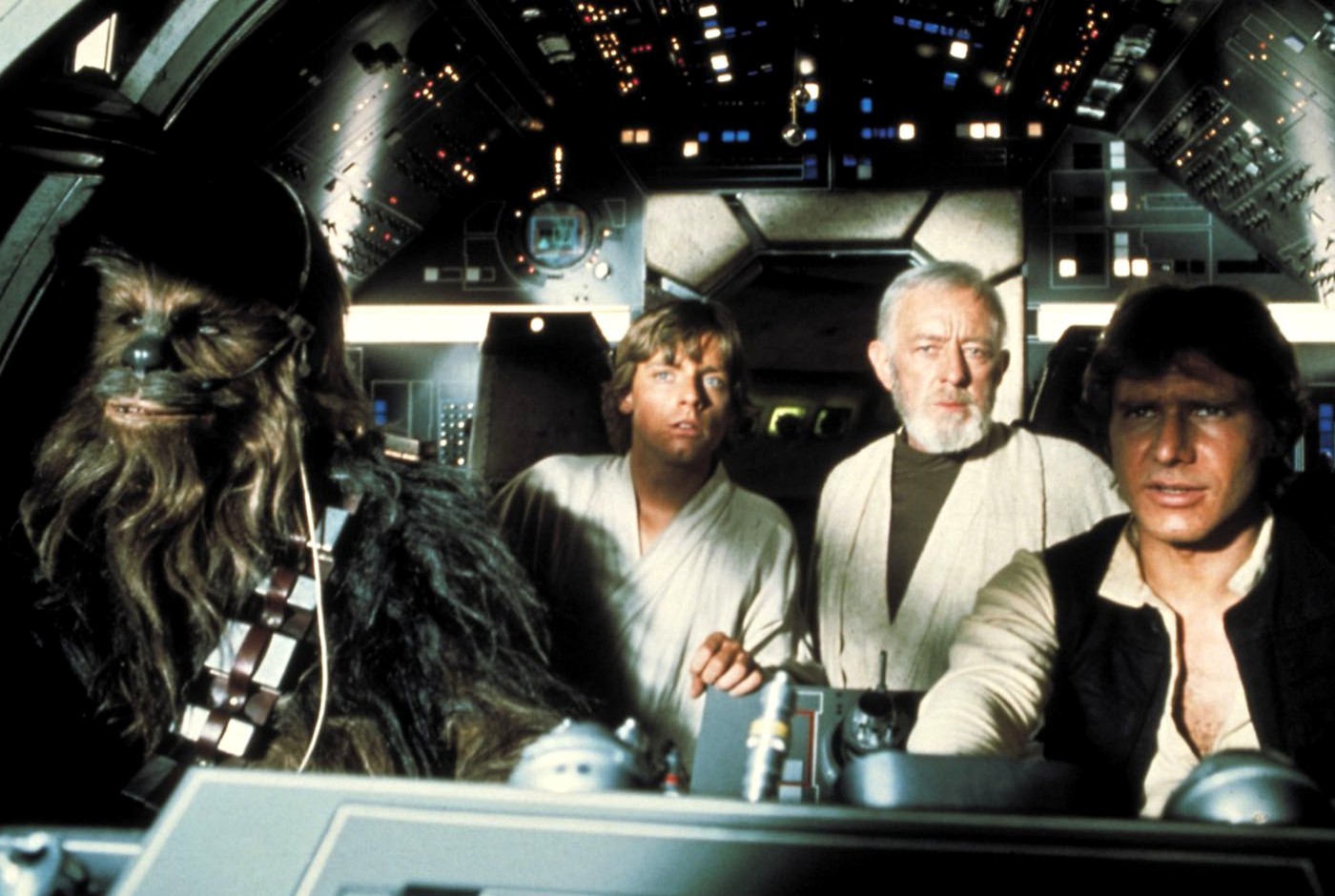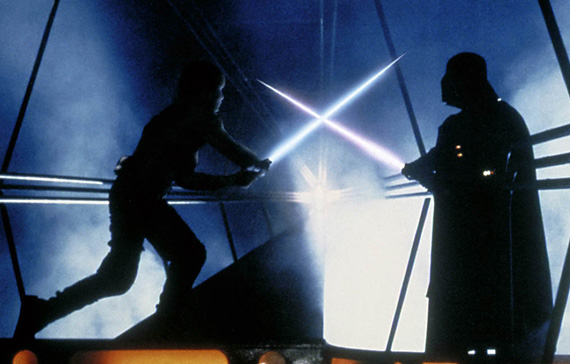5. Solo: A Star Wars Story

Living up to everything Rogue One could have been – a swashbuckler, a clever heist movie, at least its own “Star Wars Story” – Solo has the benefit of receiving fans and general audiences anticipating something rather subpar.
Acting coaches for leading man Alden Ehrenreich, the firing of original directors Phil Lord and Christopher Miller and expensive reshoots all pointed to disaster. Though Lord and Miller’s borderline parody might have been more enjoyable, Solo neatly mixes watchable new characters with amusing manifestations of fan favorites, expands the Star Wars universe in a mostly interesting way and turns a movie that shouldn’t even exist into a half-decent origin story worthy of the sequels it attempts to set up.
This is not to say the film is miraculously great. Solo’s simple plot involving hyperfuel gives the whole project a uniformly safe feel and certain players in our backstabbing band of anti-heroes function as archetypes, somewhat unpredictable as they are.
As for Han Solo’s backstory, this film is going off of maybe five minutes of dialogue in the original trilogy; the blaster, the Falcon, the Kessel Run, meeting Chewbacca, gambling with Lando, etc. – obviously it’s all worked into the narrative. Because the iconic pieces of Star Wars are in the forefront, the excess fan service has been thankfully scaled back, even if there are the occasionally condescending winks and nods.
Even with Donald Glover, Emilia Clarke, Woody Harrelson and Paul Bettany all fleshing out an entertaining supporting cast, its Ehrenreich himself that keeps the film together. Ehrenreich’s take on Han Solo feels like a weak impression before it turns to reasonably inhabited bravado as the film plays out. The character has a bit of room to grow and even in the film, as this Star Wars Story leaves out Jabba the Hutt, Boba Fett and Greedo for future installments.
For a film as unnecessary as Solo, the final product is tonally consistent with classic Star Wars and satisfyingly fun in its self-contained simplicity. There’s not much at stake, but the most surprising thing about Ron Howard’s film is that emanates any sort of agreeable charm, let alone a good deal of it.
4. The Force Awakens

J. J. Abrams was an innocuous choice, but probably the best man for the job of creating a fresh start to Disney’s sequel Star Wars saga. At the very least he has a profound sense of propulsive direction, infusing even cheap references to the original films with a level of joy.
The skeleton of the plot of The Force Awakens is damn near identical to A New Hope, but its enjoyable to see how its placement of characters steadily shuffles the older players out and the new faces to the center of attention
. The death of Han Solo was the beginning of the end for the leads of the original trilogy and following Harrison Ford’s exit in the film we get the most rewarding scene. The climactic face-off between Rey, Fin and Kylo Ren is earned and stirring.
Daisy Ridley, Adam Driver and Oscar Isaac are all curiously smart choices for our new set of primary characters – each respectively does well in infusing enough credibility to balance out the expected wit. However, John Boyega’s underwritten role as rogue storm trooper turned resistance fighter unfortunately shortchanges his performance.
The Force Awakens struggles to put forth many new things, but the film works as Abrams’ own remix of the original film, updating every outdated facet of the first film to modern tastes. Before Episode VIII evaporated the momentum of the new series, this film left the future of Star Wars looking considerably bright.
Especially with abundant filmmaking resources and built-in audiences at their disposal, Disney will hopefully hit their stride in offering more creative films without pandering to fans. The studio should have a long while until the profitability wears out.
3. Return of the Jedi

The part of the original trilogy most worthy of criticism, Return of the Jedi, no matter how wobbly, brings the first wave of Star Wars to a generally satisfying close. In terms of low-hanging criticisms, the Ewoks show the series blatantly catering to a very young audience, Han Solo is at his most useless, and the beginning of these films reusing many prime pieces of the property that came beforehand, like that second Death Star.
But it’s hard to deny the film’s own merits. The idea of Jabba the Hutt enters the nasty flesh after two films of reputation, and the extended sequence at his palace is suitably weird fun. Throughout the film, the action and production design still remains a marvel of craft – the peculiar tone of the saga adapts nicely to the new terrors and wonders in Episode VI.
Everything in Jedi’s rousing climax with Luke, Vader and the Emperor has a grand perspective and is the film’s highlight – it brings the whole of the series into perspective and can’t help but feel like a proper finale. The end of Luke and Vader’s arcs is almost astonishingly touching, selling the trilogy altogether as one of pop culture’s most deservedly iconic series.
2. Star Wars

The humble beginnings of Star Wars are challenged with each new entry that comes forth. One of the biggest criticisms of Disney’s first two efforts is that they each relied so completely on the contents of the film phenomenon.
But on its own, Star Wars is quaint to our modern tastes and yet seems to be the major predictor of how action movies and nerd culture would eventually earn a permanent spot in the mainstream. Disney has been proving this with the Marvel Cinematic Universe and they’ve only just started to milk Lucas’s property for all its worth and then some.
Star Wars takes itself seriously enough to be sold as the foundation of a realized universe, but its just light, simple and straightforward enough to work exactly as it did for the public and those that identified with it forty years ago. It’s a perfectly paced, magnificently edited blockbuster that, while old-fashioned in production values and story structure, feels captivatingly contemporary.
For those growing up with Disney’s fresh onslaught of films, they may look back on the original films and note how dated it all seems. But Lucas proved with his creatively bankrupt prequel trilogy that the technical restrictions of New Hollywood yielded innovations that seem of a bygone era in the age of 21st century cinema.
What’s remarkable about the first Star Wars is despite how scrappy and silly it may be on the surface, it’s a prime example of the reaches of escapism that film can have. The plot navigates through a vivid, living universe that has only been made to feel so authentic after so much time in the pop culture conversation and all the homage it is paid with nearly every subsequent sequel.
1. The Empire Strikes Back

One of the great film sequels, The Empire Strikes Back easily stands toe to toe with the original for classic moments and reliably entertaining characters and conflicts. As an expansion of the Star Wars mythology, it is bold enough dwell on all new locales in Hoth, Dagobah and Cloud City, and wise enough to expand its cast with memorable, canon-defining characters like Yoda, Boba Fett and Lando Calrissian. All that while fleshing out the key players from the first without missing a single emotional beat along the way.
Though it’s the darkest of the original trilogy, it still bears all the corn and aged effects that make it a brilliant continuation of the simple hero’s journey adventure of the original. Plus, by its famously dour conclusion, it’s full shape forms the series’ most convincing iteration of the idea of a space opera, the result of the most unique and interesting story structure of the series. After spending the first act together, our band of leads break off and the hope of later reuniting is ultimately faltered.
Empire balances realistic romance and playful humor on the side of Han, Leia and company’s chase in the Millennium Falcon from Vader’s Imperial clutch. And Luke’s training with Yoda remains the height of Star Wars’ cinematic potential. This part of the second act delves the deeper into Jedi mythology than any other movie has gone, tests Luke’s character thoroughly and gives us several wonderful moments of insight from the most sage of little green aliens.
Beyond his famous lines, Yoda’s most profound sentiment is in his urgency for Luke to perceive not only the Force but also himself as something spiritual, outside the physical. “Luminous beings are we,” he croaks before grabbing Luke’s shoulder to shake it – “not this crude matter.”
Boasting nearly as much originality as its predecessor, Empire edges out the number one spot for its ability to be taken at face value, with little need for growing up with the film to appreciate its qualities. The straightforward innocence of Star Wars was itself elevated by The Empire Strikes Back through sheer force of passionate invention and respect for the growth of its characters. The film is textbook blockbuster filmmaking at its richest.
Author Bio: Ian Flanagan is an aspiring film critic from Pennsylvania, whose favorite films include Waking Life and Vivre Sa Vie. Follow him on twitter @newwavebiscuit and check out his film reviews at filmbriefing.com.